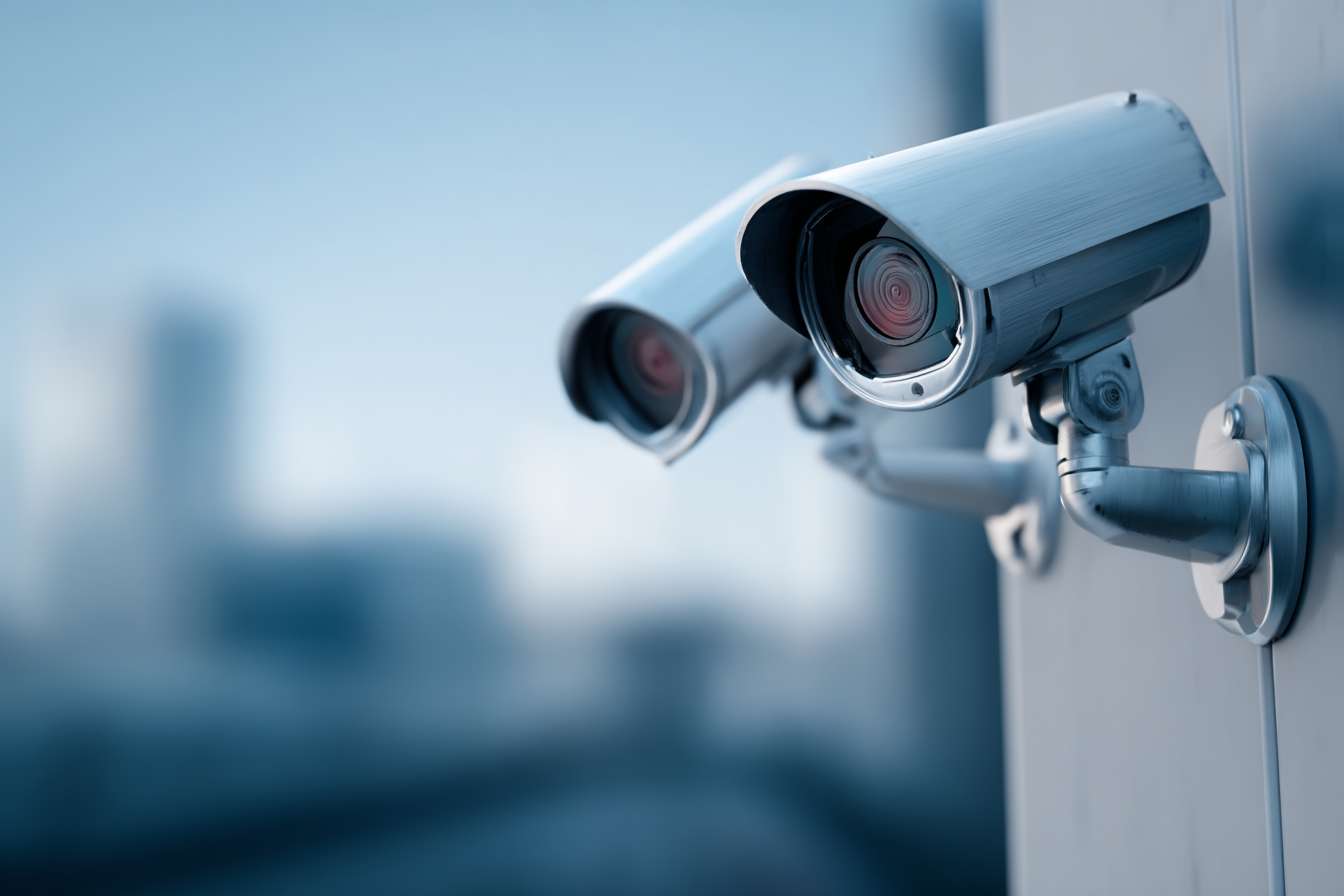Understanding CCTV Installation: Placement, Equipment, and Monitoring Options
CCTV installation involves more than just setting up cameras—it includes understanding placement strategies, equipment types, and available monitoring options. This guide outlines what homeowners and property managers should know when planning a CCTV system for everyday visibility and peace of mind.

How to Determine Optimal Camera Placement for Your Property
Strategic camera placement forms the foundation of any effective CCTV system. The positioning of surveillance cameras directly impacts coverage quality, deterrent effect, and overall system performance. Key areas requiring coverage typically include entry and exit points, perimeter boundaries, and high-value asset locations.
When planning camera locations, consider sight lines, lighting conditions, and potential obstructions. Cameras should be mounted at heights that prevent tampering whilst maintaining clear facial recognition capabilities. Corner mounting often provides broader coverage angles, whilst doorway positioning captures detailed facial features of individuals entering or leaving premises.
Environmental factors significantly influence placement decisions. Outdoor cameras require weatherproof housing and consideration of seasonal lighting changes. Indoor cameras benefit from strategic positioning near windows and corridors, avoiding backlighting issues that compromise image quality.
Equipment Types Commonly Used in Modern CCTV Systems
Contemporary CCTV systems incorporate various camera technologies, each suited to specific surveillance requirements. Dome cameras offer discreet monitoring with wide-angle coverage, making them ideal for retail environments and office spaces. Their design prevents subjects from determining the exact viewing direction, enhancing their deterrent effect.
Bullet cameras provide focused, long-range monitoring with weather-resistant housings suitable for outdoor applications. These cameras excel in perimeter monitoring and car park surveillance, offering clear identification at greater distances. Pan-tilt-zoom (PTZ) cameras enable remote directional control and magnification, perfect for large area monitoring with operator intervention capabilities.
Infrared and thermal imaging cameras extend surveillance capabilities beyond standard daylight hours. Night vision technology ensures continuous monitoring regardless of lighting conditions, whilst thermal cameras detect heat signatures through smoke, fog, or complete darkness. IP cameras integrate seamlessly with network infrastructure, enabling remote access and advanced analytics capabilities.
Monitoring and Video Storage Solutions for CCTV Systems
Modern CCTV systems offer diverse monitoring approaches to suit different operational requirements and budgets. Live monitoring involves real-time observation through dedicated personnel or automated alert systems. This approach enables immediate response to security incidents but requires continuous staffing or sophisticated motion detection algorithms.
Digital video recorders (DVRs) and network video recorders (NVRs) provide local storage solutions with varying capacity and retrieval capabilities. DVR systems work with analogue cameras, whilst NVR technology supports IP camera networks with enhanced image quality and remote access features. Storage capacity depends on recording resolution, frame rates, and retention requirements.
Cloud-based storage solutions offer off-site backup and remote access capabilities without requiring extensive on-premises infrastructure. These systems provide scalable storage options and professional-grade security, though they depend on reliable internet connectivity and may involve ongoing subscription costs.
| System Type | Provider Example | Key Features | Estimated Cost Range |
|---|---|---|---|
| Basic DVR System (4 cameras) | Hikvision, Swann | Local recording, mobile viewing | £200-£500 |
| Professional NVR Setup | Dahua, Uniview | Network integration, advanced analytics | £800-£2,500 |
| Cloud-Based Solution | Ring, Arlo | Remote access, mobile alerts, cloud storage | £300-£1,200 + monthly fees |
| Enterprise IP System | Axis, Bosch | Scalable infrastructure, advanced features | £2,000-£10,000+ |
Prices, rates, or cost estimates mentioned in this article are based on the latest available information but may change over time. Independent research is advised before making financial decisions.
Integration with Existing Security Infrastructure
Effective CCTV installation often involves integration with existing security measures such as alarm systems, access control, and lighting infrastructure. This comprehensive approach creates layered security that enhances overall protection whilst maintaining operational efficiency.
Access control integration enables automatic camera activation when doors are accessed, creating detailed entry logs with visual verification. Alarm system connectivity triggers specific camera recordings during security breaches, providing crucial incident documentation for investigations and insurance claims.
Smart lighting integration improves image quality during evening hours whilst potentially deterring intruders through automated illumination triggered by motion detection. These integrated systems can significantly enhance security effectiveness whilst reducing false alarm rates through visual verification capabilities.
Professional Installation Considerations
Professional CCTV installation ensures optimal system performance and compliance with relevant regulations. Qualified installers assess site-specific requirements, recommend appropriate equipment configurations, and ensure proper cable management and power supply arrangements.
Installation considerations include data protection compliance, particularly regarding public area monitoring and neighbour privacy concerns. Professional installers understand legal requirements and can advise on appropriate signage, data handling procedures, and retention policies.
Ongoing maintenance requirements include regular cleaning, software updates, and periodic system testing to ensure continued reliability. Professional service agreements often include these maintenance tasks alongside technical support and system upgrades as technology evolves.
Planning a comprehensive CCTV installation requires balancing coverage requirements, budget constraints, and operational needs. Understanding the various placement strategies, equipment options, and monitoring solutions enables informed decision-making that delivers effective security coverage. Whether implementing a basic residential system or comprehensive commercial surveillance network, careful consideration of these factors ensures optimal system performance and long-term value.




